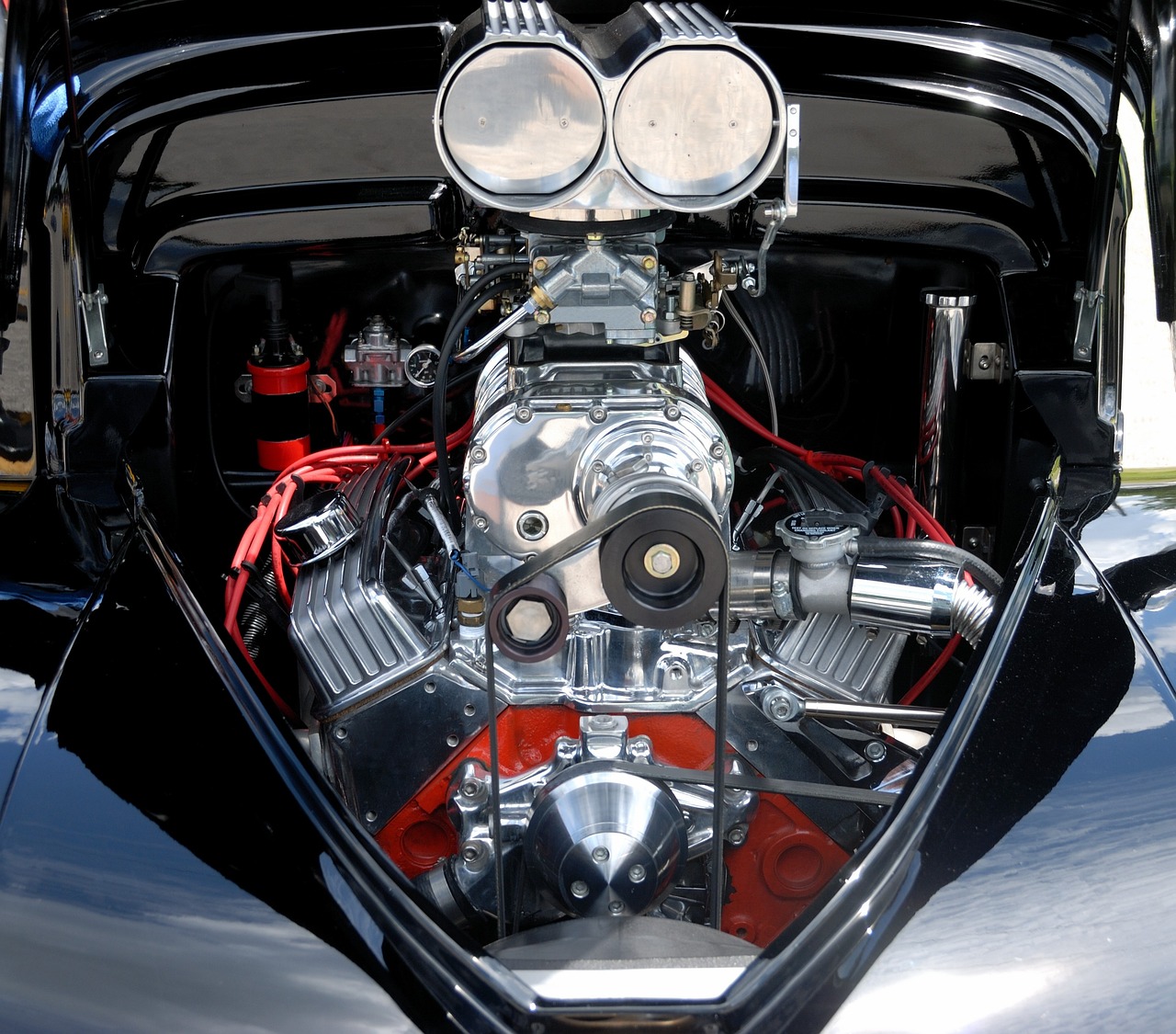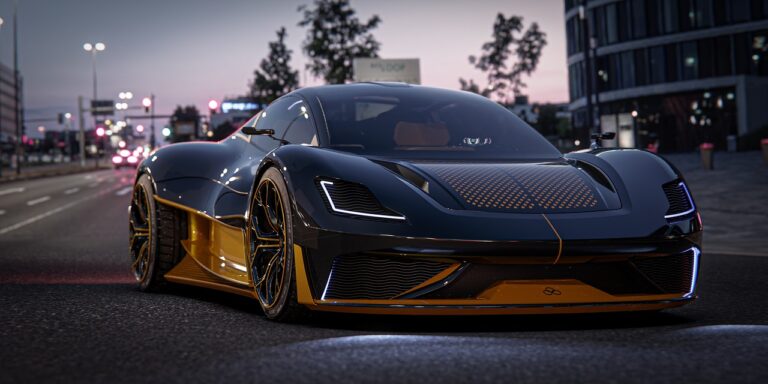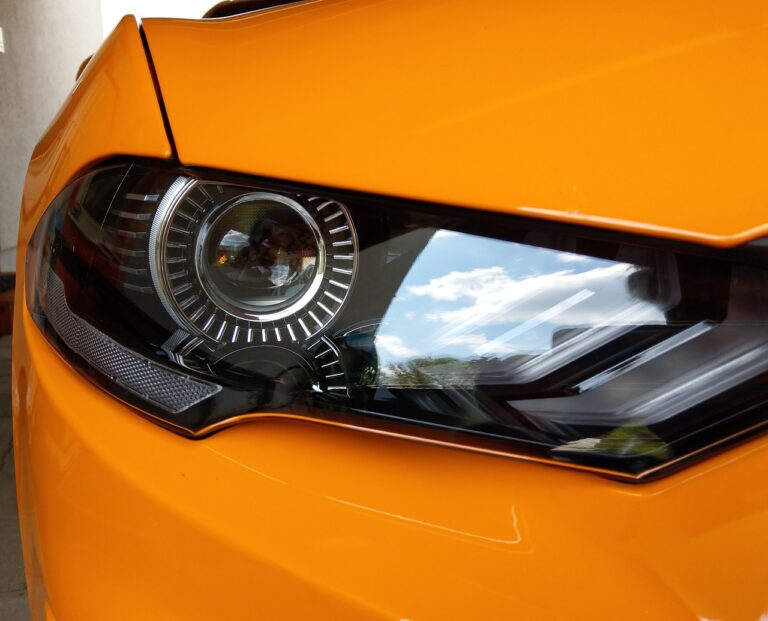The Role of User Experience (UX) in Car Interiors
When designing car interiors, one key consideration is to prioritize comfort for the passengers and driver. This involves creating ergonomic seating arrangements, ensuring ample legroom and headspace, and selecting materials that enhance the overall feel of the interior. Comfortable seating can significantly impact the overall driving experience, making long journeys more enjoyable and reducing fatigue.
Another important consideration in car interior design is the layout and accessibility of controls and features. Intuitive placement of controls can improve usability and safety by allowing drivers to easily access essential functions without distraction. Thoughtful consideration should also be given to the placement of storage compartments, cup holders, and other convenience features to enhance the overall functionality and practicality of the interior space.
The Impact of Ergonomics on User Experience
Ergonomics plays a crucial role in shaping the overall user experience within a car interior. By ensuring that the design of the seating, controls, and layout are tailored to the human body’s needs, manufacturers can greatly enhance comfort and accessibility for drivers and passengers alike. A well-thought-out ergonomic design not only improves physical comfort but also reduces the chances of fatigue and strain during long drives, contributing to a more pleasant and safe journey.
Incorporating ergonomic principles into car interior design also has a direct impact on the efficiency and ease of use for drivers. When controls and displays are positioned within easy reach and designed with user-friendly interfaces, it minimizes the cognitive load on the driver and allows for intuitive operation while on the road. This not only enhances convenience but also promotes better focus and attention, thereby improving overall driving experience and safety.
Incorporating Intuitive Controls for Better Usability
Intuitive controls in car interiors play a crucial role in enhancing usability for drivers and passengers alike. By employing simple and easily understandable controls, automakers can create a more user-friendly experience for individuals of all ages and technical backgrounds. From intuitive touchscreen displays to steering wheel-mounted buttons, these features help streamline the operation of various functions within the vehicle, ultimately leading to a more enjoyable and efficient driving experience.
Designing with user experience in mind involves carefully considering the placement and functionality of controls to ensure they are accessible and intuitive. By conducting user testing and gathering feedback during the design process, manufacturers can make necessary adjustments to improve the usability of their control systems. Additionally, incorporating familiar symbols and logical layouts can further enhance the intuitiveness of the controls, making it easier for drivers to navigate and interact with the car’s features while on the go.
• Intuitive controls in car interiors enhance usability for drivers and passengers
• Simple and easily understandable controls create a user-friendly experience
• Touchscreen displays and steering wheel-mounted buttons streamline operation
• User testing and feedback help improve the usability of control systems
• Familiar symbols and logical layouts enhance intuitiveness of controls
How can intuitive controls improve usability in car interiors?
Intuitive controls make it easier for users to understand and operate various functions within the car, leading to a more seamless and user-friendly experience.
What are some key considerations for designing car interiors?
Some key considerations for designing car interiors include ergonomics, visibility, accessibility, and ease of use.
How does ergonomics impact user experience in car design?
Ergonomics plays a crucial role in ensuring that the design of car interiors is comfortable and user-friendly, ultimately enhancing the overall user experience.
What are some ways to incorporate intuitive controls in car design?
Some ways to incorporate intuitive controls in car design include using clear and simple labeling, grouping related functions together, and designing controls that are easy to reach and operate.







